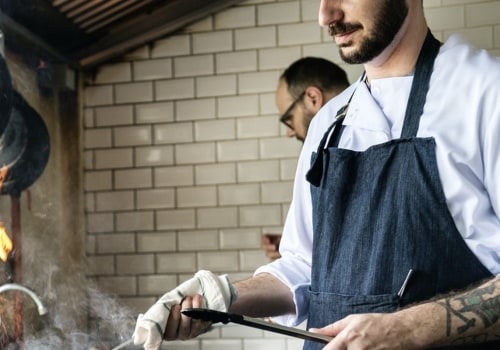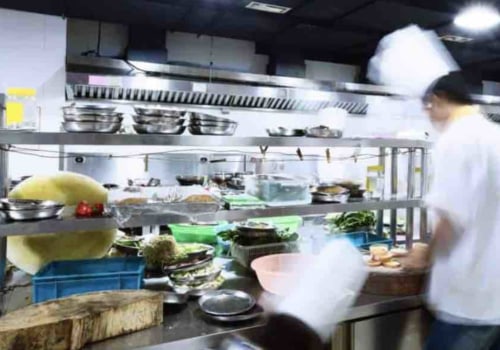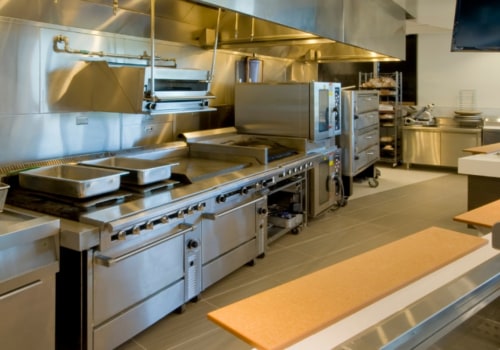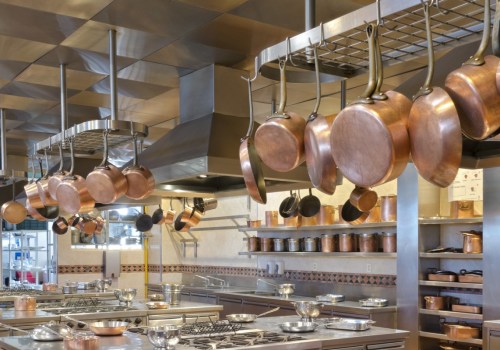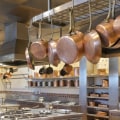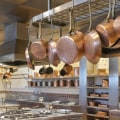The kitchens themselves don't have a storefront, and the staff prepares dishes from their menus, which are only available for home delivery. Think of it as a virtual restaurant that works like a digital store, with some members of the company's staff working on online order fulfillment. In short, ghost kitchens are physical spaces for operators to create food for consumption outside the facility. And in apps such as Grubhub and DoorDash, listings of restaurants that operate with ghost kitchens don't usually look different from traditional establishments.
For example, where I live in Northern Colorado, there's a restaurant called Rocco's Ravioli that appears on apps. But Rocco's has no shop window. It's a food delivery service that makes food in a ghost kitchen. A kitchen in the cloud is the same concept as a ghost kitchen.
Some cloud kitchens manage more logistics and logistics for restaurants, but basically “kitchen in the cloud” and “ghost kitchen” are different marketing terms used to describe the same thing. They are also sometimes called dark kitchens. Having a strong online presence is essential to the success of any ghost kitchen, as they don't have a traditional location for customers to visit. The discovery is usually made online through Google Search, food delivery apps, and social media.
Most ghost kitchens only offer home delivery service, so customers never actually visit the place where the food is prepared. Launched by Uber co-founder and former CEO Travis Kalanick, CloudKitchens is an international network of ghost kitchens with more than 40 locations. With customers adapting to the trend quickly and easily, ghost kitchens are likely here to stay. Even national chains such as Chili's and Applebee's used ghost kitchens to maintain cash flow and try new menu dishes under different brands in case the ideas failed.
Since then, dozens of celebrities have launched ghost kitchens to create national virtual networks, apparently overnight. Interestingly, ghost kitchens are run both by individual gastronomic entrepreneurs starting out for the first time and by established virtual restaurants alike. While the high fees charged by major delivery services could be mitigated or included in the price, food delivery companies that work in ghost kitchens could find a way to make a living. All the health standards and codes that a city's health and planning department applies to traditional restaurants also apply to ghost kitchens.
Traditional fast food restaurants are also taking notice and are using ghost kitchens to expand their well-known brands. As traditional businesses closed and local consumers sought mass food delivery services, ghost kitchens emerged as part of the solution for both restaurateurs and the diners they serve. A ghost kitchen is nothing more than a home delivery service for food preparation that does not have a physical point of sale for customers to visit the %26 restaurant. The ghost kitchen can use its own delivery employees or contract delivery through an external service, such as UberEats, GrubHub or Skip The Dishes, for example.
The beauty of ghost kitchens is that you are in control of most operational aspects, in addition to delivery. One trend that I am seeing is the formation of central ghost kitchens, economato type, with several restaurants or brands that work in the same physical space. .
